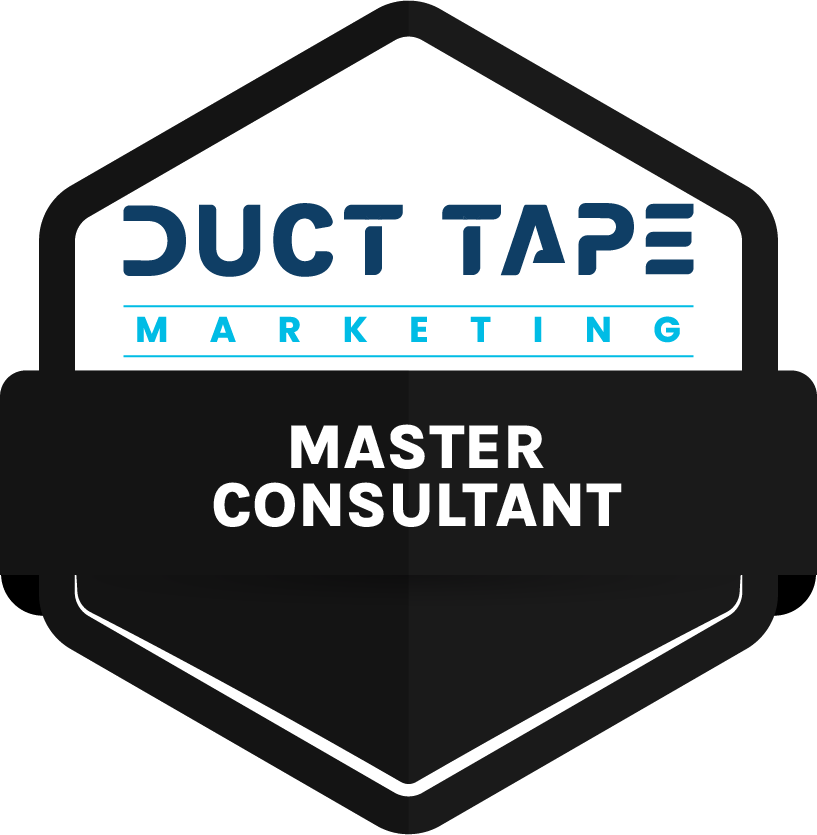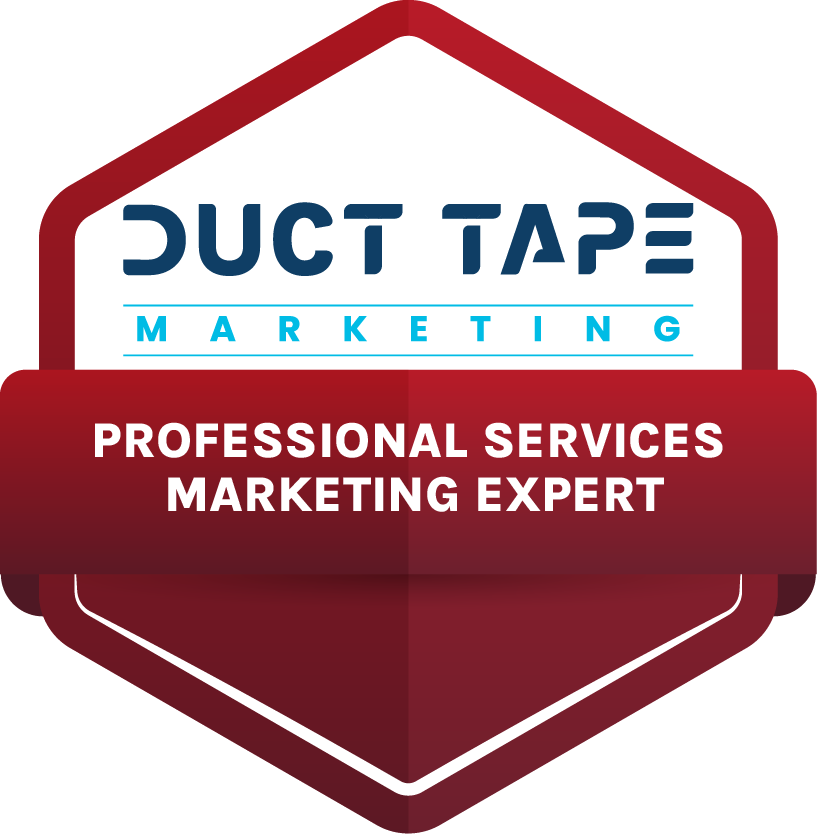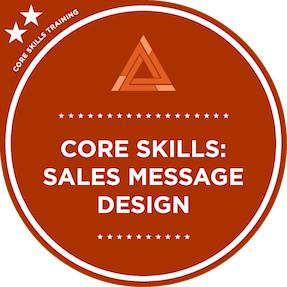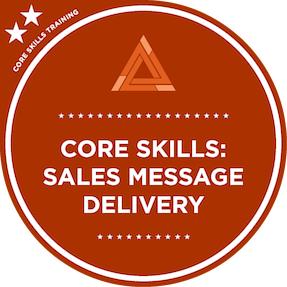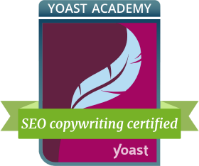My colleague Eileen Sinett is an expert at helping professionals develop as public speakers. In this post she shares best practices from her book, “Speaking that Connects”. If you are a professional who wants a marketing advantage, says Eileen, become as skilled a presenter as you are an expert in your field.
by Eileen Sinett

The best way to create a buzz about yourself, your business or your product is to get in front of a group and talk about what you know. And because public speaking can influence many at once, it is the marketing tool of choice for many businesses – better than video, pay per click, or a blog post. Public speaking provides a dynamic and energetic connection between you and your existing and potential customers or clients that no other medium can touch.
Of course this is only true if you are a speaker who is: (1) comfortably authentic (true to yourself and not oozing anxiety), (2) focused and clear (you know how much or little to say) and (3) engaged and connected (aware of and able to navigate the invisible thread between you and your listeners).
Many business owners and professionals have told me that they do speak publicly– to rotary groups, Chambers of Commerce, trade organizations, etc., and have done a decent job. But decent is not excellent, and it is excellence that drives a competitive advantage for you and your business.
To reap the marketing benefits of speaking publicly, you will want to capitalize on these best practices:
1. Begin your speech without words. Experience three seconds of silence! If you think this is crazy, think again. All communication begins from silence. On the page, it’s white space or margins; with speaking, it’s not speaking. Look (without saying anything) before you speak. Like a conductor of an orchestra, you are in charge and set the tone. Allow yourself a few seconds to connect inwardly as you look out at the crowd. Your listeners will appreciate this “verbal white space.”
2. Know how you will start. Learn, (not necessarily memorize) how you will start your talk. Try on a new way of opening, i.e., a rhetorical question, striking fact, or personal story, rather than the usual, bland, “I’m So and So and I’m going to talk about “X.” Reveal yourself through an anecdote or short story that allows the audience to know you as a person and bridge this story to your focus. Commit to practicing this opening at least once, aloud, sometime before your presentation to minimize “start-up” anxiety!
3. Stand still for your first two or three sentences. You will look in control, maximize your image and presence and project strength (even if you feel nervous). Reducing movement at the beginning of your talk also helps your audience to listen with focus. (By the way, standing still does not mean standing stiffly at attention.)
4. Build your talk around 3 ideas and limit your speech to 20 minutes. The average person remembers 3-5 ideas plus or minus 2. By batching your concepts in threes, you facilitate and sustain audience interest.
5. Embrace less is more, when it comes to visual aids. Reduce text, read less and be less slide-dependent. Be able to overview your presentation highlights without a single slide!
6. Hear yourself as you speak! You will become more conscious of what you say and how you say it. As a result, your self-awareness, presence and connection will grow.
7. Stop worrying about your hands! Let them be! Focus on your passion and your hands will gesture in a way that is natural for you.
8. Control-Alt-Delete any negative self-talk. Eliminate any judgmental inner chatter to create space for something neutral or positive.
9. Refrain from running “off-stage” if you ask for questions and you don’t get any (a very awkward moment indeed). Start the question-ball rolling by saying something like, “Sometimes people ask me…” Then answer that question and ask the audience again if they have any questions (usually they do).
10. Have the final word! After the Q & A, close your presentation by reiterating your key message – what you want the audience to most remember. These will be the last words they hear, so make them clear and concise and deliver them with confidence!
Continue the conversation. What else can a speaker do to connect with his or her audience? Please tell us in the Comments section below.
Like what you’re reading? Subscribe and get The Marketing Advantage by email. Just click on the Subscribe today! link in the right sidebar.
Eileen N. Sinett, author of “Speaking that Connects,” is a coach-consultant and keynote speaker whose knowledge spans several cross-functional disciplines: the speech arts, communication sciences, psychology, career management, and training and development. She is committed to promoting confidence and clarity in speakers worldwide, enhancing personal and business relationships through communication improvement, and raising the bar on speaking performance with her unique presentation training brand, Speaking that Connects, www.speakingthatconnects.com.

